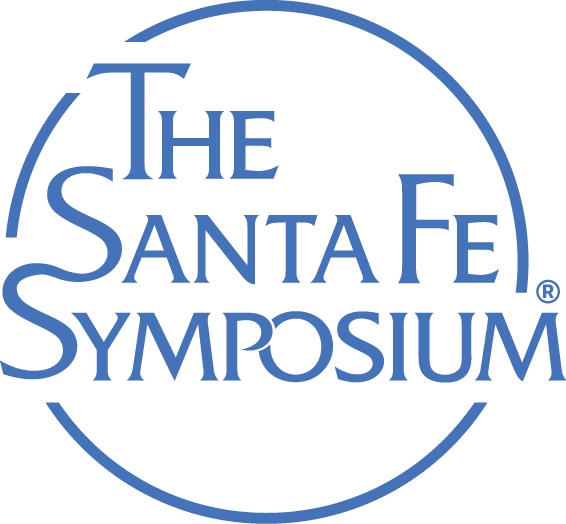Dr. Carlo Burkhardt - Pforzheim University, Germany
Dr. Carlo Burkhardt holds a Ph.D. in metallurgy and materials from the University of Birmingham, UK, and is the current scientific director at the STI–Institute of Jewelry Technology and professor of manufacturing technologies at Pforzheim University in Baden-Württemberg, Germany. He has coordinated several large European Union-funded research and development projects with budgets exceeding €20 million. Carlo is the recipient of the European Powder Metallurgy Association (EPMA) Powder Metallurgy Thesis Award in 1993, the German Raw Materials Efficiency Prize in 2017 and the Baden-Württemberg Environmental Technology Award (material efficiency category) in 2017. Carlo has authored three books, published more than 20 peer-reviewed papers and holds several patents. This is his first presentation at the Santa Fe Symposium®.

Lithography-Based Metal Manufacturing of Jewelry and Watch Cases Made from 316L Stainless Steel and Titanium Alloys
In order to overcome existing constraints in the in-service behavior of currently available additive manufacturing (AM) materials, an advanced production method for high-performance technology metals was developed based on a modified vat polymerization-based (VP) printing for metal powders. The new, innovative lithography-based metal manufacturing (LMM) process is able to photo-harden a photopolymeric binder that is highly filled with metal powder.
After debinding and sintering, the fully dense metal AM parts will provide various advantages such as superior properties with respect to cracks or internal stress when compared to laser-based powder bed fusion (L-PBF) AM parts. LMM is suitable to build very detailed, complex structures with a minimum of after treatments and without need for support structures. The LMM parts exhibit superior surface quality, are less demanding with respect to powder particle size/morphology and allow effective re-use of the feedstock materials.
The LMM process will be explained in detail. Its suitability for the production of jewelry and watch cases will be demonstrated for stainless steel-type materials and titanium alloys on various samples. Finally, an outlook for precious metal powders will be given.
